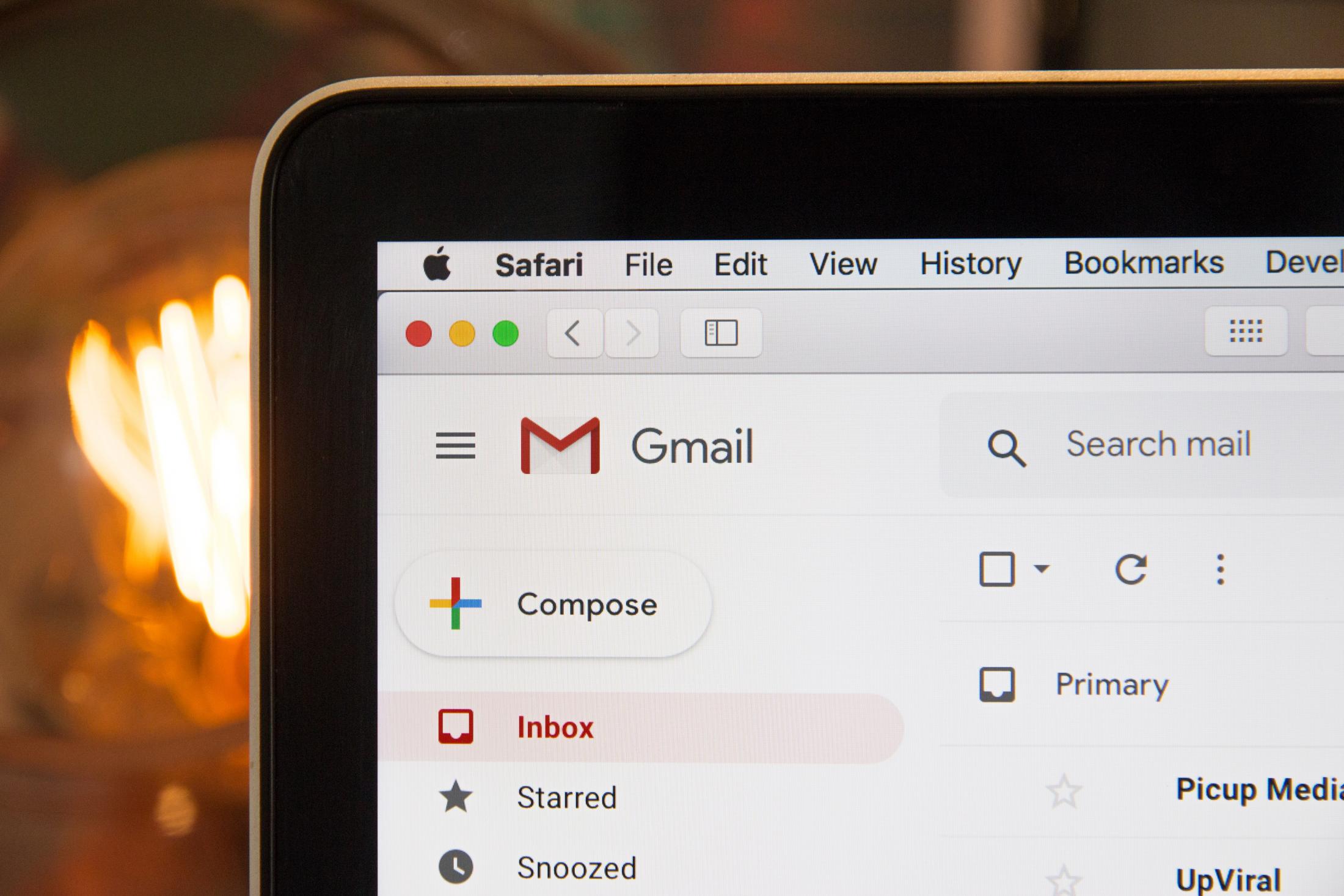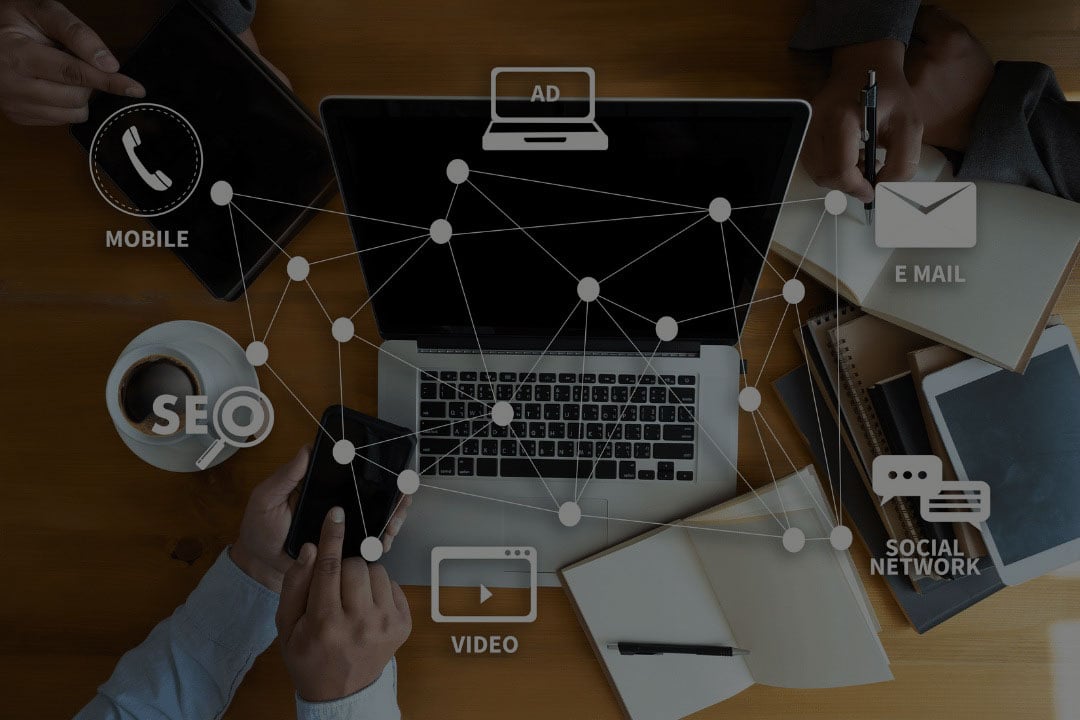STOP Wasting Money on Marketing That Doesn’t Convert
TL;DR - Key Takeaways
- Complexity kills results: Doing too many marketing tactics simultaneously prevents progress and creates confusion
- Focus on demand over profit: Target your most in-demand services (Level 1) rather than your highest-ticket offerings
- Simplify your traffic sources: Choose Google Ads and Facebook/Instagram ads over content marketing for immediate results
- Eliminate choice paralysis: Send traffic to dedicated landing pages, not multi-service websites
- Less is actually more: The Paradox of Choice proves fewer options convert better than overwhelming prospects
The $74,000 Marketing Problem That Changed Everything
One of my Inner Circle members came to me completely frustrated. She'd invested $74,000 in marketing over the past couple of years—blogs, email campaigns, social media posts, and hired specialists to run ads.
She checked off everything the marketing experts told her to do, but she still felt frazzled and wasn’t sure if any of it was working.
This conversation hit home for me because I realized so many business owners are in the same boat. They’re doing everything "right" according to the so-called expert advice, but instead of seeing results, they’re just getting lost in all the confusion.
After 15 years of helping companies generate over $300 million in revenue through our marketing agency, I've learned one crucial truth: The solution isn't doing more marketing—it's doing less, but doing it right.
Why Most Service Businesses Fail at Marketing
The Complexity Trap That's Killing Your Results
Here's what I see constantly: business owners with fewer than 10 employees trying to be everywhere at once.
You've got to market, sell, fulfill, and grow your business.
Then you get hit with advice from every direction:
"You need to be on TikTok!"
"Content is king!"
"Email marketing is essential!"
So you start doing it all—a little blogging here, some social posts there, email campaigns, paid ads across multiple platforms.
Before you know it, you're spending thousands of dollars and countless hours on dozens of different tactics, none of which are getting the attention they need actually to work.
Here's the hard truth: complexity is the enemy of progress.
The Product-First Mistake
Many service businesses try to promote everything they do instead of focusing on what customers really want. The home service business I coached was capable of handling basic repairs and complex installations.
But they tried to market all 32 different services simultaneously.
The result? Confused prospects who couldn't quickly understand what problem this business was best at solving.
It's not the product that makes the market—it's the buyer's need that should determine where you focus your marketing efforts.
My Proven 3-Step Framework That Works
This is the same framework that has been in our agency's playbook since 2011, and it has been responsible for helping our clients generate hundreds of millions of dollars in revenue.
Step 1: Identify Your Most In-Demand Buyer (Not Your Most Profitable)
When I worked with this home service business, we created what I call the "Level System":
Level 3 Services: Master technician work requires years of experience and specialized skills. Only a handful of people in your market require these services every month.
Level 2 Services: Intermediate-level work that requires some experience. Homeowners need these occasionally.
Level 1 Services: The foundational services that most customers need regularly. These might not be your most profitable per job, but they have the highest demand.
Here's the counterintuitive insight: We initially focused exclusively on Level 1 services.
Why? Because when you're trying to grow your marketing, you want to go where the demand is. Level 1 services offer:
- Larger addressable market
- Crystal clear messaging opportunities
- Higher volume potential
- Easier customer understanding
For this client, instead of advertising complex electrical work and custom installations, we identified basic handyman repairs—the service with the most consistent demand in their market.
Step 2: Simplify Your Traffic Strategy to Two Primary Channels
This is where I had to deliver hard truths. She was spreading her marketing across too many channels, and it was killing her results.
What I Told Her to Stop Doing Immediately
Stop blogging right now. Content marketing can take months or years to establish the authority necessary to rank in search engines. If you've got $74K invested with no precise results, you don't have time to wait for blog posts to rank in six months.
Forget about organic social media posting. The organic reach on most platforms is minimal, and the time investment rarely justifies the return for service businesses.
The Two-Channel Strategy That Works
Channel 1: Google Ads. Google is still the king for finding people actively searching for your services. For local service providers, focus on:
- Local Service Ads that appear at the top of search results
- Traditional Google Ads for more targeting control
- Optimized Google Business Profile (non-negotiable)
Channel 2: Facebook and Instagram Ads. This is the secret weapon for local businesses in 2025. Despite what people say about newer platforms, Facebook and Instagram provide unmatched targeting for geographic-based businesses:
- Precision geographic targeting within your service area
- Demographic and interest layering for homeowners
- Visual storytelling with before/after photos
- Lower competition than you'd expect
Our "Leads from Scratch Framework" allows local service businesses to generate immediate leads with small ad budgets and scale successful campaigns quickly.
Step 3: Eliminate Conversion Killers with Landing Pages
Here's where we found the most significant leak in her marketing funnel. All her carefully crafted ads were driving traffic to her main website that showcased all 32 services.
The result? Visitors faced decision fatigue—too many choices led to conversions being killed.
The Paradox of Choice Problem
I keep "The Paradox of Choice" by Barry Schwartz on my bookshelf because it explains this fundamental principle: presenting fewer options is better for your prospects than presenting more.
Think about TV commercials. You rarely see ads that advertise an entire restaurant menu—they focus on one signature dish or special promotion.
The Landing Page Solution
Instead of sending people to your main website, consider creating a special landing page that perfectly matches your ad message. It helps you connect better with your audience.
Message-to-Market Match: What they see in your ad should match exactly what they see on the landing page.
Single Focus: Each page focuses on a specific service for a particular customer type.
Remove Navigation: No menu bars, no links to other services. The only options should be to convert or leave.
Clear Next Step: One prominent call-to-action that tells them exactly what to do next.
The conversion process should be frictionless. If visitors have to think about what the next step should be, you've lost them.
The Real-World Transformation
Let me show you exactly what changed when we implemented this framework:
Before: The Scattered Approach
- Multiple blog posts weekly covering different services
- Posting on Facebook, Instagram, LinkedIn, and attempting TikTok
- Website showcasing all 32 services with complex navigation
- Ad campaigns on various platforms with different messages
- No precise tracking of what generated leads
Result: $74,000 invested with minimal returns and overwhelming frustration.
After: The Focused Strategy
- Single service focuses on basic handyman repairs (Level 1)
- Google Ads and Facebook/Instagram ads only
- Dedicated landing pages matching ad messaging
- Clear conversion paths with no distractions
- Simplified operations allowing team focus
Within 60 days:
- Reduced marketing complexity by 80%
- Increased lead quality with clear service expectations
- Improved conversion rates by over 40%
- Gained complete ROI clarity
- Freed up 15+ hours per week
Most importantly, she transitioned from feeling frustrated and overwhelmed to being confident and in control.
The Upselling Opportunity
Here's the beautiful part: Once you establish trust with Level 1 services, expanding becomes natural. Within three months, she was getting regular requests from existing customers for complex projects.
The average customer value increased by 60% without any additional marketing effort.
The Bottom Line
Marketing doesn't have to feel overwhelming. The businesses achieving the best results aren't those with the most complex strategies—they're the ones executing simple strategy exceptionally well.
This business owner wasn't lacking effort or investment. She was lacking focus. Once we simplified her approach and eliminated activities that weren't directly driving leads, everything changed.
When you focus on the fundamentals—knowing your best customer, mastering two key traffic channels, and optimizing your conversion process—marketing becomes a predictable and scalable system for growth.
Ready to stop throwing money at tactics that don't work? Start by identifying your Level 1 service, choosing your two traffic channels, and creating landing pages that eliminate confusion.
Download our complete $300 Million Framework to get the step-by-step blueprint for simplifying your marketing approach and generating predictable results.
Frequently Asked Questions
But what about SEO and content marketing?
If you're already overwhelmed and have invested $74K without precise results, adding more time-intensive activities isn't the solution. Focus on paid advertising for immediate results first, then layer in content marketing once you have a consistent cash flow.
Shouldn't I be on the hot new platform?
This way of thinking can lead to marketing confusion. Facebook and Instagram have a combined total of more than 3 billion users. Focus on learning how to advertise effectively on these platforms where your audience is before looking for new ones.
What if I miss customers who need my other services?
You become known for something specific, rather than being just another generic provider. Once customers trust you with smaller projects, they naturally think of you for bigger ones. It's easier to expand with existing customers than to attract new customers for every service.


